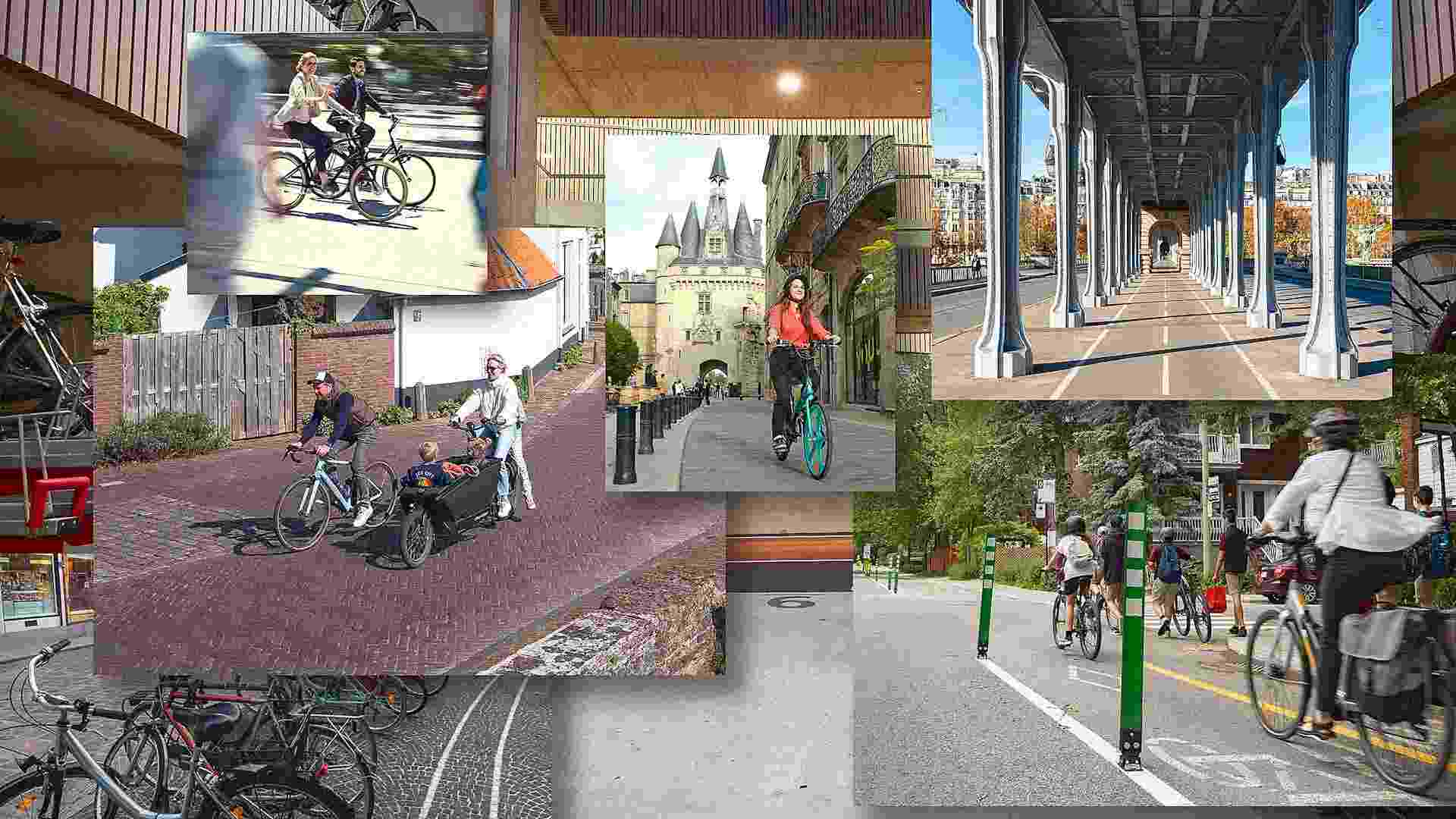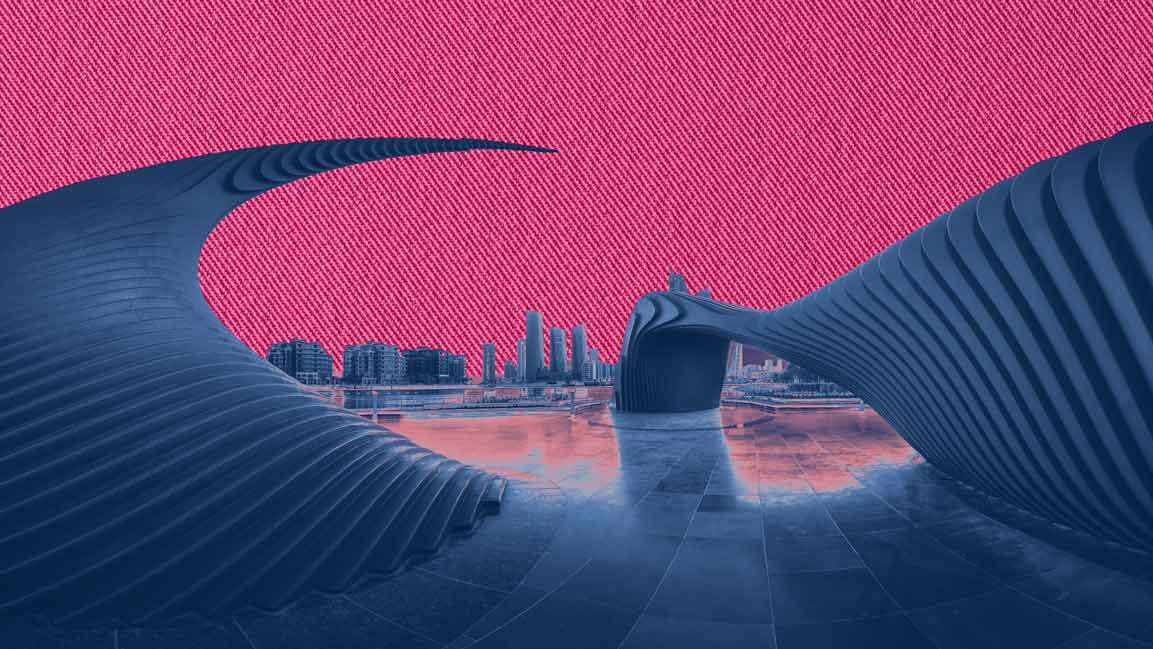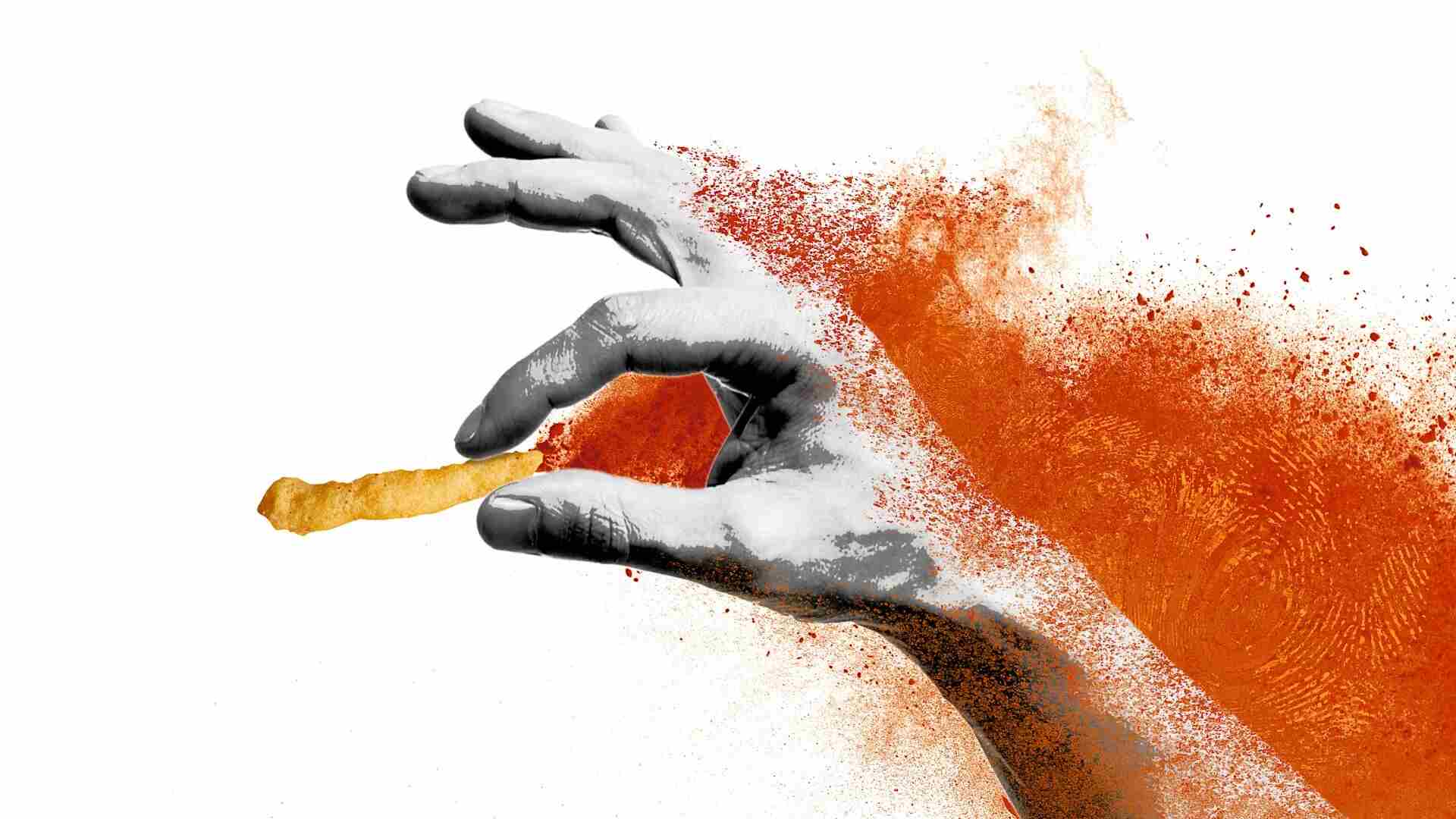- | 8:00 am
This holographic router is like a next-gen Alexa for your Wi-Fi
A prototype for Deutsche Telekom turns the router into a talking assistant.
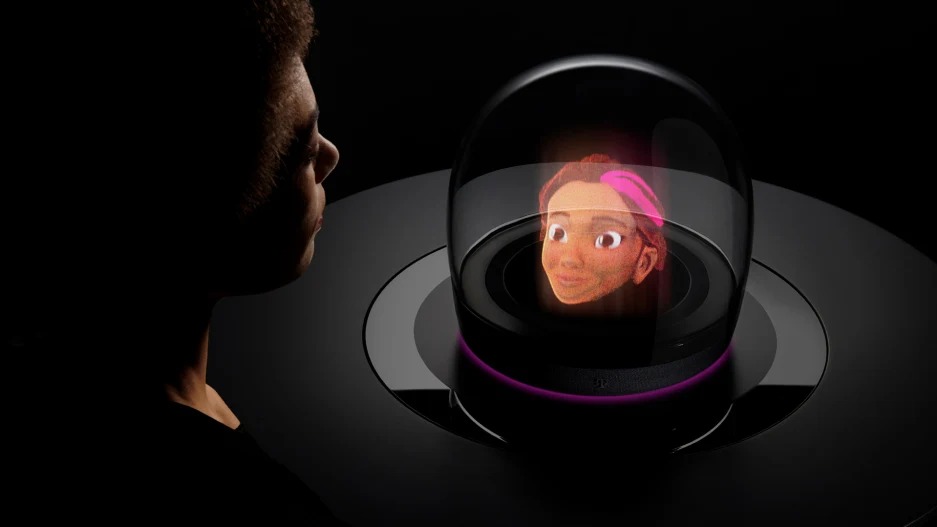
Inside an empty glass orb not much bigger than an upturned fishbowl, a three-dimensional face appears and smiles, as if conjured from a floating dust of pixels. It looks like the classic hologram moment from the original Star Wars film, but instead of a recorded video message, this hologram is coming through live, in the form of a “holocall.”
More than science fiction, the device carrying this futuristic call is actually a working prototype designed by the London-based design firm Layer, in collaboration with Deutsche Telekom Design and Customer Experience. Recently exhibited at the Mobile World Congress, this hologram displaying device is part of Concept T, a line of conceptual devices intended to broaden the understanding of what telecommunications devices can do. In addition to the hologram device, the line also includes a customizable and modular system for controlling internet networks within a home, and an AI-driven companion robot.
In fall 2022, Deutsche Telekom, one of the biggest telecommunications providers in Europe and the majority owner of U.S. operator T-Mobile, called on Layer to reimagine one of the essential, but slightly underwhelming elements of telecommunications: the router.
“Every household needs a router. So, that became a great vehicle for a concept car project to see where that could go, how could it earn its place more in the foreground rather than the background of the home,” says Layer founder and creative director Benjamin Hubert. “It’s normally around a corner, behind a TV, in a cupboard. And rightfully so. They serve their function quietly.”
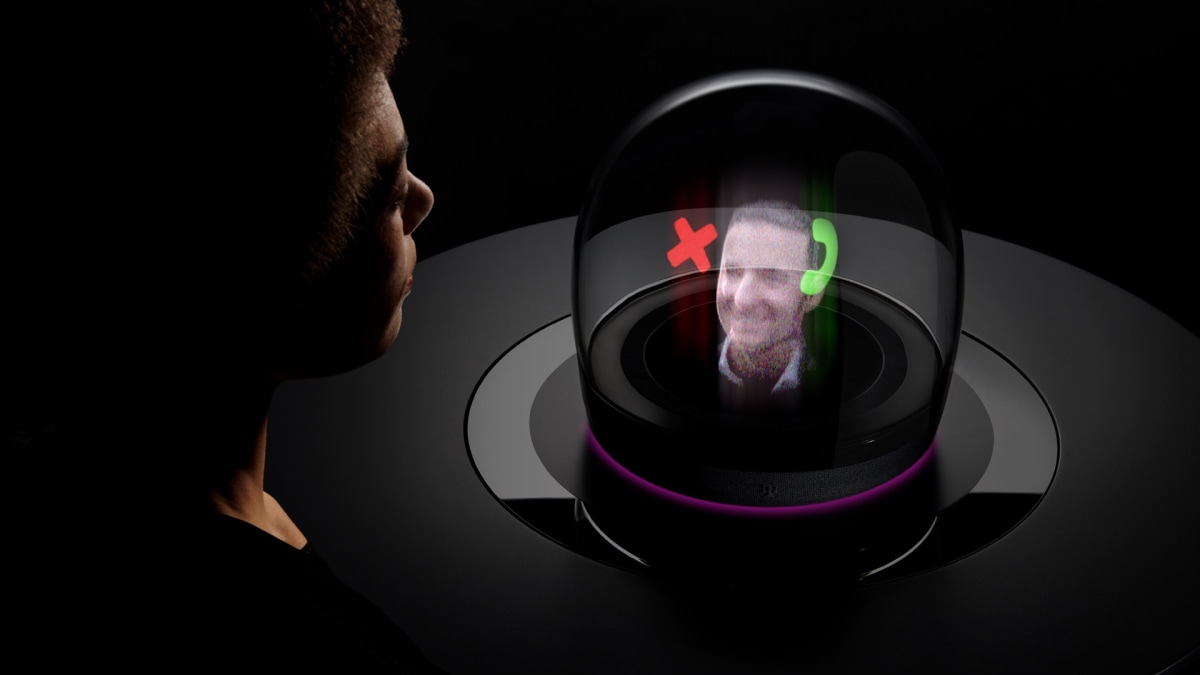
The brief from Deutsche Telekom was to imagine versions of the router that did more, adding functionality and enhancing the user experience. “At the moment, your interaction with a router is virtually zero unless you have to press the button in the back to reset it,” Hubert says. “If the router was a place where you could do a bit more, how would that drive the format and therefore the form and therefore the finish?”
That led to the three futuristic routers in Concept T. One is a home assistant named Buddy that combines an AI-enabled router with a speech-controlled robot. Capable of roaming around a house and automating tasks like temperature and light controls, the robot would be equipped with advanced sensing technology to know when a plant needs to be watered or when there is a medical emergency.
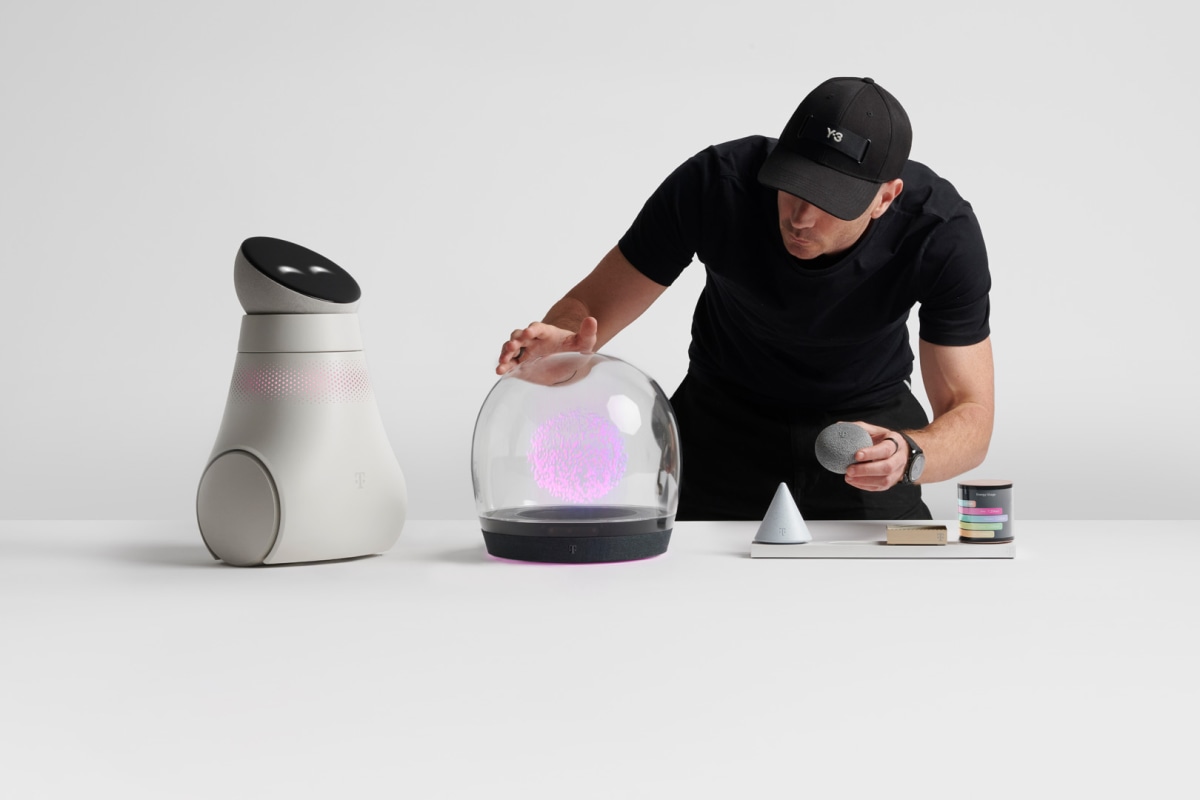
Another more experimental router is Level, a reconfigurable system made up of modular elements that give users more control over their internet connection. With a simple powered base, the system can hold several modules like a Wi-Fi-sensing element and a mesh repeater. Each sculptural module can be upgraded and replaced as technology evolves, while also looking good on a bookshelf.
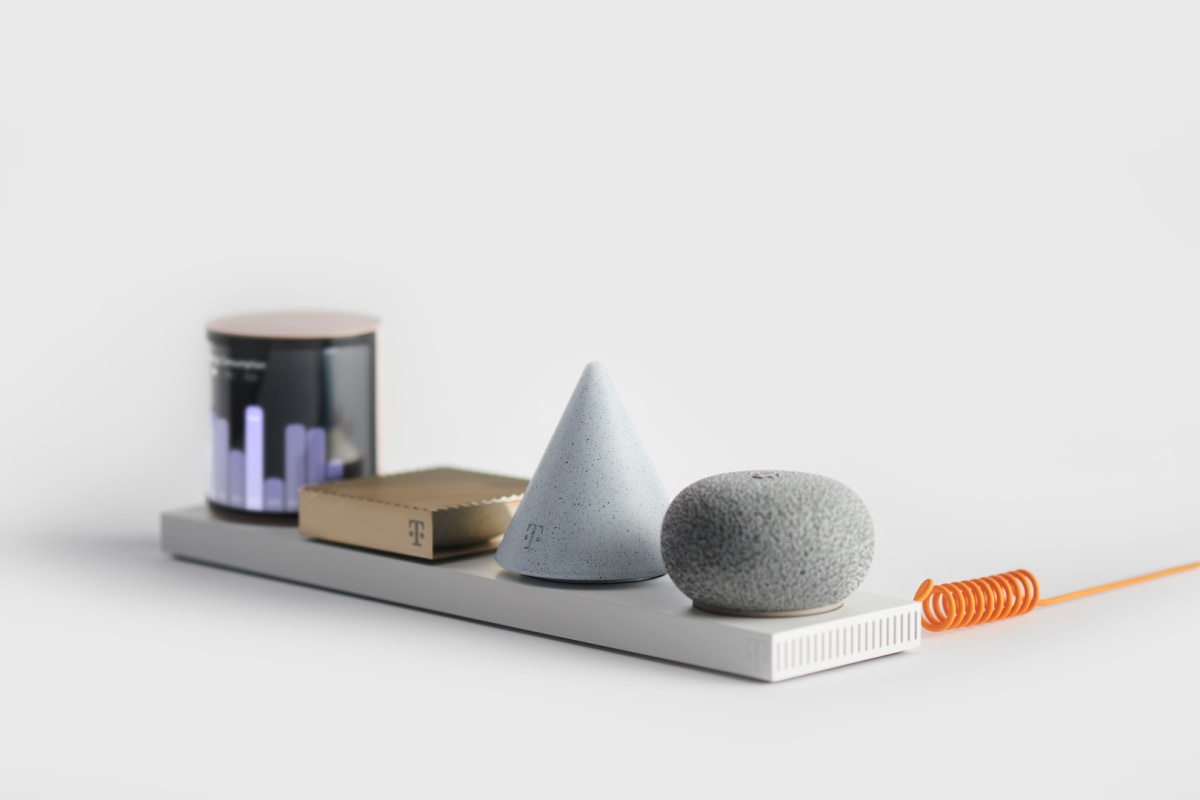
The most futuristic router is View, the hologram device, which allows for holocalls and displays of 3D imagery within its orb-like form. It can be used to see projections of router-specific information, like network usage, but also more advanced images, like the body of a friend or the precise place in a busy train station where a meeting is to take place.
Surprisingly, Layer’s last concept is the closest to becoming reality. Layer and Deutsche Telekom’s design team collaborated with a large pool of technologists and partner companies to create a working prototype of this device, and Hubert says all the functionality is achievable with technology available today. It straddles the worlds of product design, user interface and user experience, and science fiction.
“It’s perhaps blue sky in terms of thinking about how people might use it, but it’s tangible,” he says. “It’s definitely a concept-plus project, and the plus is that it does work.”
For holocalls, the device relies on increasingly common depth-sensing cameras, which are now available on some smartphones. A series of projectors inside the orb projects video onto a very fine and transparent membrane that oscillates vertically within the enclosure. The projected images, Hubert explains, are broken down into slices that are projected onto the membrane as it moves, recreating the three-dimensionality of the video being captured in a kind of 1980s video game fidelity.
“It’s a bit like 3D printing with light. Where 3D printing prints in layers, this is projecting in layers of light,” Hubert says. “You get this very ghost-like, three dimensional, translucent being talking and waving at you and it just makes you smile.”
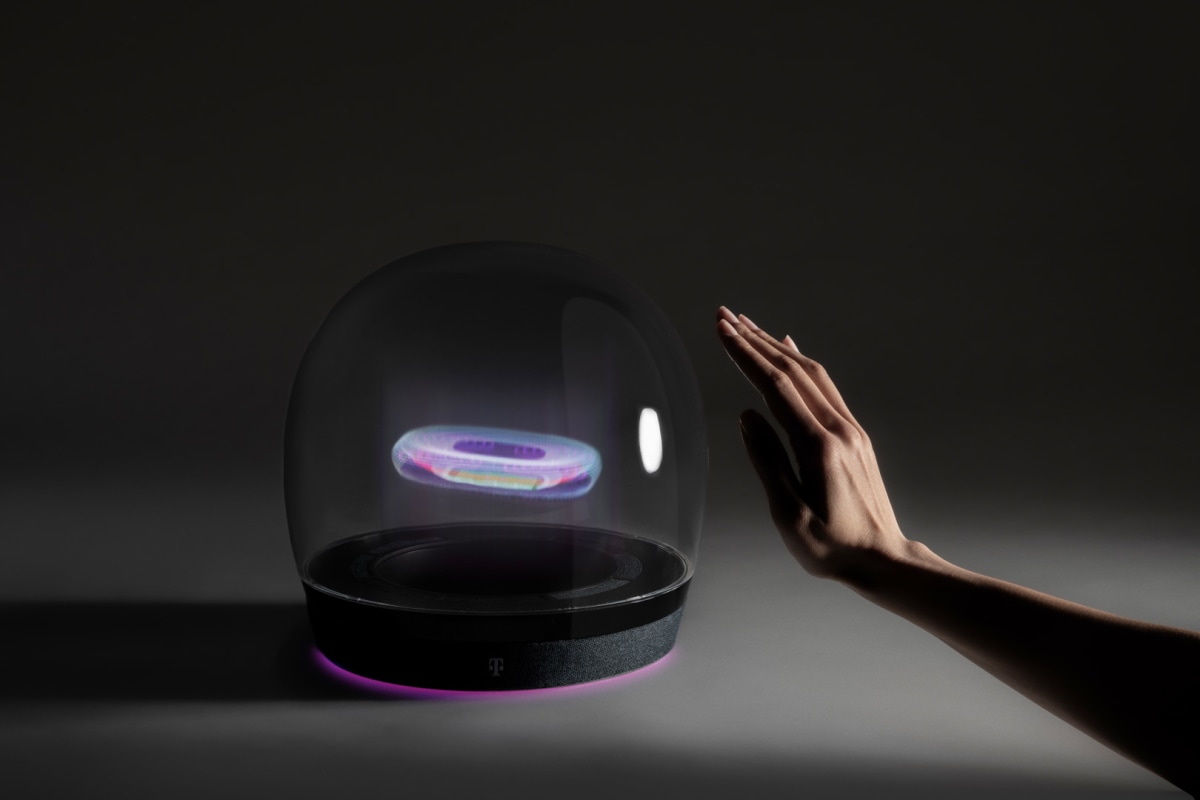
The device is also capable of showing 3D digital models. “It could be a conversation around a building you want to rent, a property you’re going to buy, a stadium you’re going to visit, or a three-dimensional map of a geography you want to explore,” Hubert says. “But it’s really early days, so it’s very much an experiment into what applications might be useful.”
A fuzzy hologram in a glass bowl might seem a step down, or at least sideways, from the type of visual possibilities coming out through extended reality hardware like Apple’s Vision Pro headset, but Hubert contends the ideas being explored in this concept are about finding new ways of communicating and sharing. Looking at a 3D space through a headset may make sense in some circumstances, but there may also be a time when it’s actually better to visualize something without being stuck inside or connected to a piece of hardware. With the technology now possible, he says, use cases will emerge.
“In developing technology platforms, where it starts is never where it ends,” says Hubert. “We’re not saying it’s better than VR, it’s better than AR. It’s just a different approach.”











